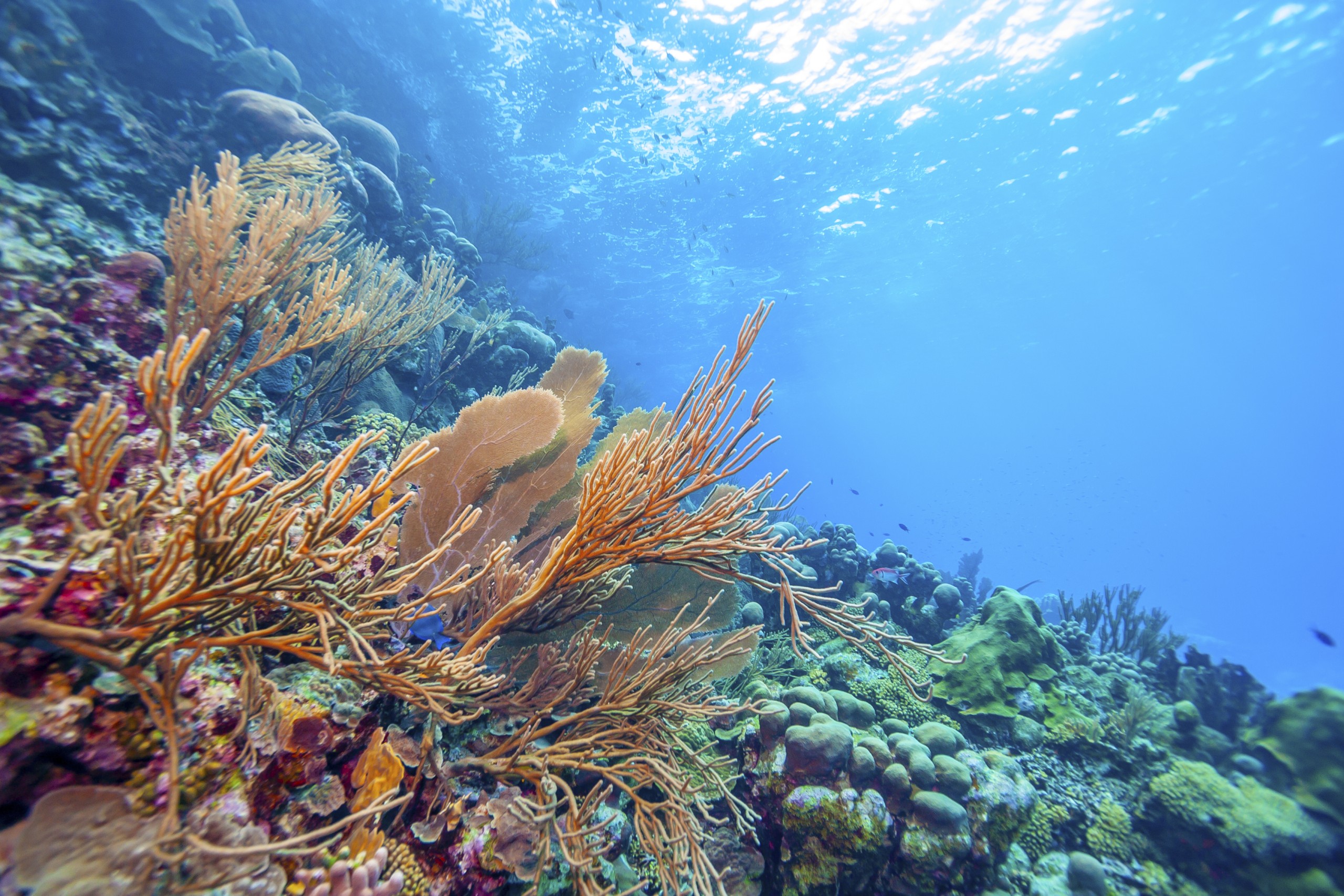Tuesday 1 April 2025

Last year, Observator Instruments delivered a data buoy and two ‘fixed’ measuring stations to gain insight into Bonaire’s water quality. The obtained data are used to take measures for the benefit of the coral reefs.
Bonaire is located in the Caribbean, about 80 km off the coast of Venezuela. The island is well-known for its spectacular marine environment. Hence, scuba diving and snorkelling are popular activities. Like anywhere else on the planet, the coral reefs around Bonaire are threatened by climate change and pollution. As part of a research project to protect the coral reef, Observator has delivered three measurement stations to Bonaire. Earlier this month, Sales Engineer Rob Beun, visited the island to execute maintenance work on the water quality monitoring stations.
Floating station
The OMC-7006 data buoy uses a MoSens sensor to accurately measure the conductivity and temperature of the water close to the water surface. A second sensor does the same at 5 m below the surface. At this depth, an NEP-5000 is used to measure the turbidity of the water. The two sensors are suspended 5 m below the buoy by a cable. A special 2-point mooring was designed to ensure that this cable does not tangle up with the mooring lines.
Fixed stations
One of the pier-mounted monitoring stations uses a sensor configuration similar to the data buoy. The other one uses an EXO multi-parameter sonde to measure the water depth (tidal variations) as well as dissolved oxygen, chlorophyll, temperature and conductivity.
Important features
Because of the expected high bio-fouling conditions in these tropical waters, we chose to use sensors with active anti-fouling measures. The MoSens uses a UV-LED to prevent the growth of micro-organisms. The NEP-5000 and the EXO sonde use a wiper to clean the sensors from fouling. This way, we can extend the required maintenance interval without compromising on the high accuracy.
All stations use solar panels to generate the needed power. All use an OMC-048 data logger to remotely collect the data from the sensors and to send it over the cellular network to our server.
Watch videoBy continuing to use the site, you agree to the use of cookies. more information
The cookie settings on this website are set to "allow cookies" to give you the best browsing experience possible. If you continue to use this website without changing your cookie settings or you click "Accept" below then you are consenting to this.